
Mohammed Shami’s Late-Blooming Brilliance in World Cricket
Mohammed Shami is not the loudest cricketer in the room. He doesn’t headline sponsorships, or dominate press conferences. But over the last decade, he has built a reputation that now places him among the finest fast bowlers of his generation — and he’s done it without ever chasing the spotlight.
His early years were inconsistent. He had the pace but lacked rhythm. Injuries slowed his progress. Competition within the Indian pace unit meant spells out of the team. And yet, Shami persisted — quietly, efficiently, relentlessly.
What makes his story remarkable is how late his peak arrived. While others faded past 30, Shami elevated. His seam position sharpened. His fitness improved. His spells got deadlier, not shorter. And in crucial moments — World Cup knockouts, red-ball tours abroad — he became India’s go-to man.
This article explores how Mohammed Shami went from being an injury-prone backup to a world-class operator in all formats, proving that patience and precision are just as valuable as raw speed.
Early Years: Potential Without End Product
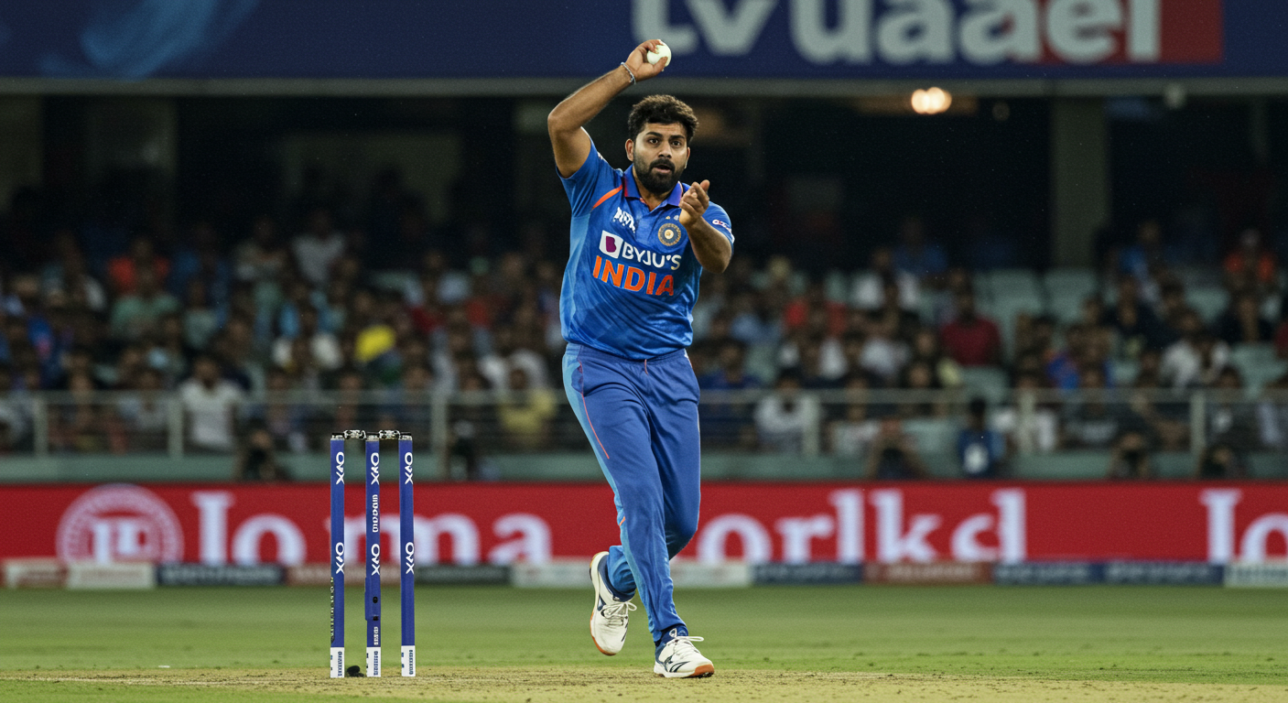
When Mohammed Shami debuted in 2013, he was billed as India’s next fast-bowling hope. He had all the right ingredients — skiddy pace, natural seam movement, and an effortless run-up. But consistency was a problem. One match he looked unplayable; the next, he leaked runs and lost rhythm.
He burst onto the scene with a five-wicket haul against the West Indies in his Test debut at Eden Gardens. But after that, the trajectory wasn’t linear. He struggled with control in ODIs, bowled too short in Tests abroad, and picked up repeated injuries that disrupted his momentum.
Despite these hurdles, Shami remained in the mix. The Indian setup knew he had something others didn’t — a seam position so upright it created natural deviation even on flat pitches. But converting potential into sustained performance took time.
Fitness was another issue. In his early years, he often faded in the third or fourth spells of a Test match. His body language dropped. His speeds dipped. But what was clear, even then, was that when he was on song, he could change the course of a session in five balls.
Shami had the tools — it would just take years of refinement for the cricketing world to see the finished product.
Test Cricket: The Relentless Middle-Spell Master
Mohammed Shami is not your traditional new-ball swing bowler. His strength in Tests lies in what he does after the shine fades. His spells between overs 20–60 are often where he dismantles opposition line-ups — extracting seam, reversing the ball, and breaking partnerships.
Shami’s control of length is among the best in world cricket. He doesn’t need extravagant swing. Instead, he uses a heavy seam, upright wrist position, and late movement off the deck. His deliveries frequently hit the top of off-stump at awkward angles, which makes him dangerous on all surfaces.
In overseas Tests — particularly in South Africa, England, and Australia — he’s become a consistent wicket-taker. He thrives on hard pitches, using bounce and seam to target the stumps relentlessly. He’s not flashy. But when the match is drifting, Shami is often the one who provides the breakthrough.
Fitness, once a liability, is now a strength. He bowls long spells without drop-off. His speed doesn’t fall. His intensity doesn’t dip. And unlike many quicks, he gets better as the innings progresses.
India’s pace resurgence under Kohli was often credited to Bumrah and Ishant — but Shami has quietly been the heartbeat of that attack, especially when the ball isn’t swinging.
World Cups and Big-Match Impact
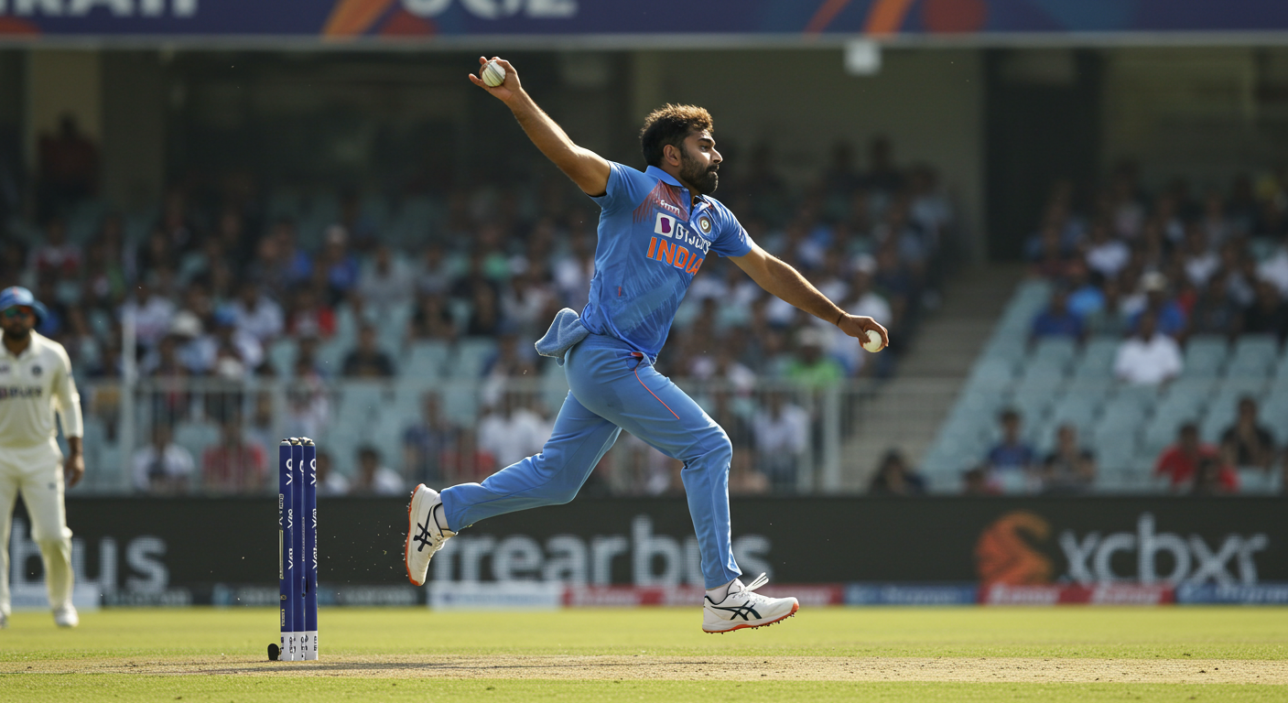
In global tournaments, Mohammed Shami has consistently stepped up. Despite not being a guaranteed starter in every World Cup XI, his record is outstanding. In the 2015, 2019, and 2023 ODI World Cups, he produced match-winning spells under pressure — often after being drafted in mid-tournament.
In 2019, his hat-trick against Afghanistan saved India from a potential upset. In 2023, he came in late and instantly became the tournament’s highest wicket-taker, including five-wicket hauls in both the semi-final and key group matches.
Shami’s ability to deliver in World Cups is built on two things: clarity and rhythm. He knows his role — attack the stumps, bowl with high intensity, and keep things simple. He rarely overthinks. His economy may not always be the lowest, but his strike rate is consistently elite.
What makes Shami dangerous in knockout games is his temperament. He doesn’t get rattled. He doesn’t chase pace for the sake of it. He bowls the right lengths, uses the crease, and lets the seam do the work.
In a team full of bigger names, Shami has quietly become India’s big-game specialist, especially in white-ball cricket where control and calm matter most.
The Seam Position: A Technical Advantage That Endures
One of the most talked-about aspects of Mohammed Shami’s bowling is his exceptional seam position. It’s not just textbook — it’s remarkably consistent across formats, speeds, and lengths. His wrist remains upright through the release, which allows the ball to jag off the pitch even on surfaces offering minimal assistance.
Unlike some bowlers who rely on lateral swing, Shami’s threat is off the seam. That makes him more effective on flat tracks — especially in the subcontinent — where movement through the air is minimal. His deliveries skid, hold their line, or deviate just enough to beat the edge.
This technical asset has allowed Shami to stay relevant even as conditions, formats, and team compositions have changed. Whether using the Kookaburra, Dukes, or SG ball, he maintains the same efficiency. That kind of repeatability is rare — and it’s why even batters who know what’s coming still struggle to negotiate him.
Shami doesn’t experiment much. No funky slower balls or wide yorkers. He sticks to hard lengths, upright seams, and subtle movement. It’s old-school fast bowling — with modern fitness and elite control. And in the age of variations, his simplicity has become his most valuable weapon.
IPL and the Evolution into a T20 Force
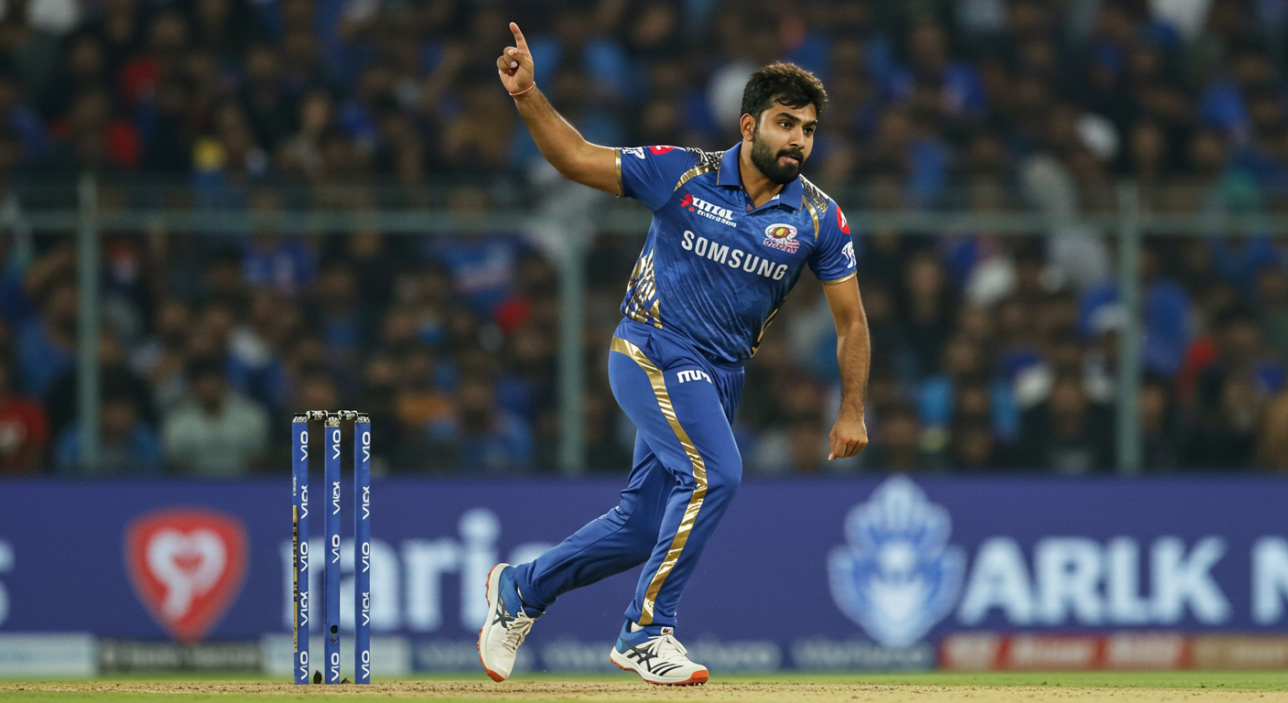
For years, Shami wasn’t considered a T20 threat. He was viewed as a red-ball specialist — someone who bowled too full or too straight for the demands of franchise cricket. But in the last few IPL seasons, he’s completely rewritten that narrative.
With Gujarat Titans and previously with Punjab, Shami emerged as a powerplay specialist, using the new ball to take early wickets with pace and seam. He rarely bowls in the death overs, but his impact up front sets the tone. His economy in the first six overs is among the best in the league.
He doesn’t rely on tricks — no knuckle balls or mystery deliveries. Just high-class seam bowling at pace, with tight lines and late movement. His control in T20s has improved significantly, and so has his adaptability. He understands when to hold back, when to go full, and when to attack the pads.
By 2023, Shami was among the leading wicket-takers in the IPL, even winning the Purple Cap. Not by reinventing himself, but by refining what he already did well. He showed that T20 success doesn’t require reinvention — it requires discipline, clarity, and execution.
Fitness and Longevity: The Quiet Turnaround
In his early years, Mohammed Shami’s fitness was a recurring issue. He’d start a series strong, only to fade by the third innings. But around 2018, that changed. Shami underwent a noticeable physical transformation — trimming down, building strength, and improving recovery.
That shift extended his career. He began bowling longer spells without loss of pace. His repeatability improved. Injuries reduced. Importantly, his ability to bowl the same hard length all day — even in 40-degree heat — made him a captain’s go-to bowler when the surface looked flat.
Even at 33, Shami’s body shows few signs of wear. His run-up remains smooth, his release point consistent, and his pace sharp. This isn’t by accident — it’s the result of a conscious effort to evolve.
Off the field, he avoids attention. On it, he lets his fitness speak for itself — not through diving catches or loud celebrations, but through unrelenting overs at top speed.
In an Indian pace unit that has rotated often due to injuries, Shami’s ability to stay available has now become an unexpected strength. He might have peaked late, but he’s stayed at that level longer than many predicted.
A Bowler Built for All Formats — But Never Needing the Hype
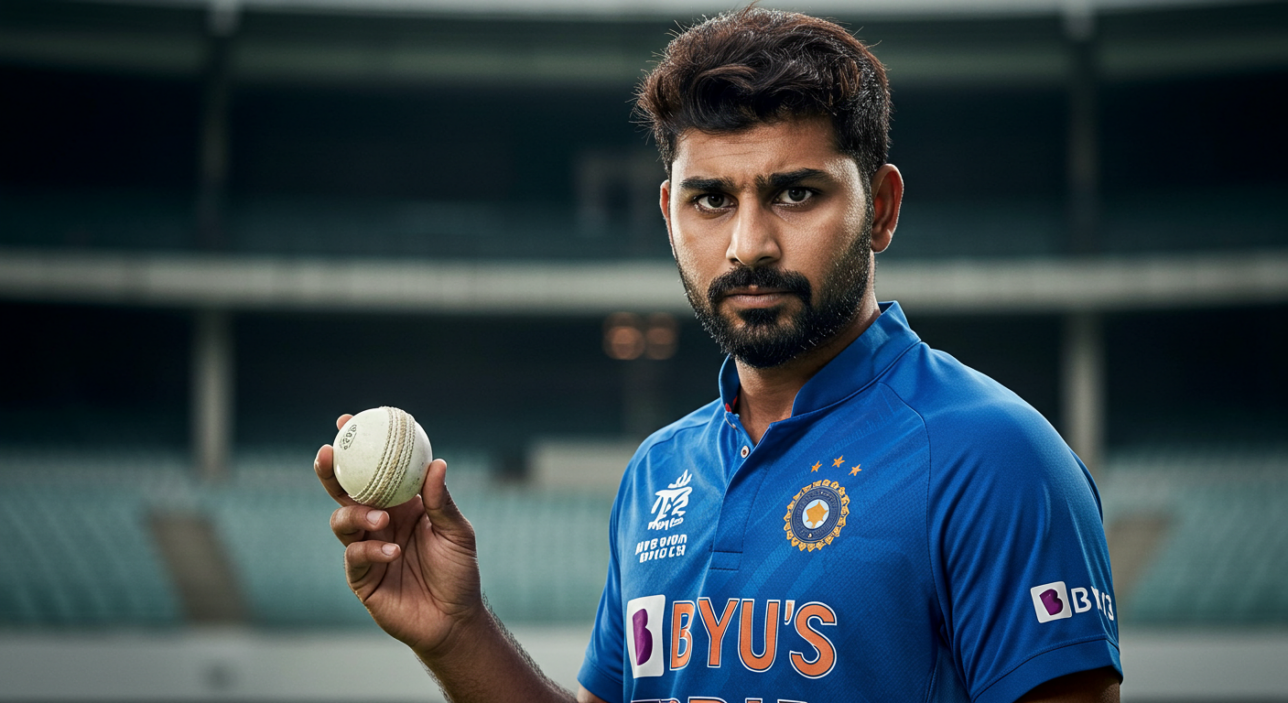
Mohammed Shami’s brilliance has never relied on marketing. He isn’t the poster boy. He doesn’t feature in the front row of brand endorsements. But when it comes to turning matches in all three formats, few bowlers are as consistent.
He’s taken five-wicket hauls in World Cups, rattled top orders in overseas Tests, and delivered clinical powerplay spells in T20s. Yet he rarely features in the “greatest of” discussions — partly because he does his job quietly. There’s no theatrics. No over-celebration. Just results.
What makes Shami rare is his adaptability. He plays on slow pitches in India, bouncy tracks in Australia, and swinging conditions in England — with equal threat. His method doesn’t change. Only his rhythm does — and when he finds it, batters know the spell could turn lethal very quickly.
India’s bench strength in bowling is now world-class. But even among Bumrah, Siraj, and others, Shami has remained relevant. Not through hype, but through uninterrupted, intelligent fast bowling — always evolving, never overcomplicated.
Conclusion: Why Mohammed Shami’s Legacy Is Built on Substance
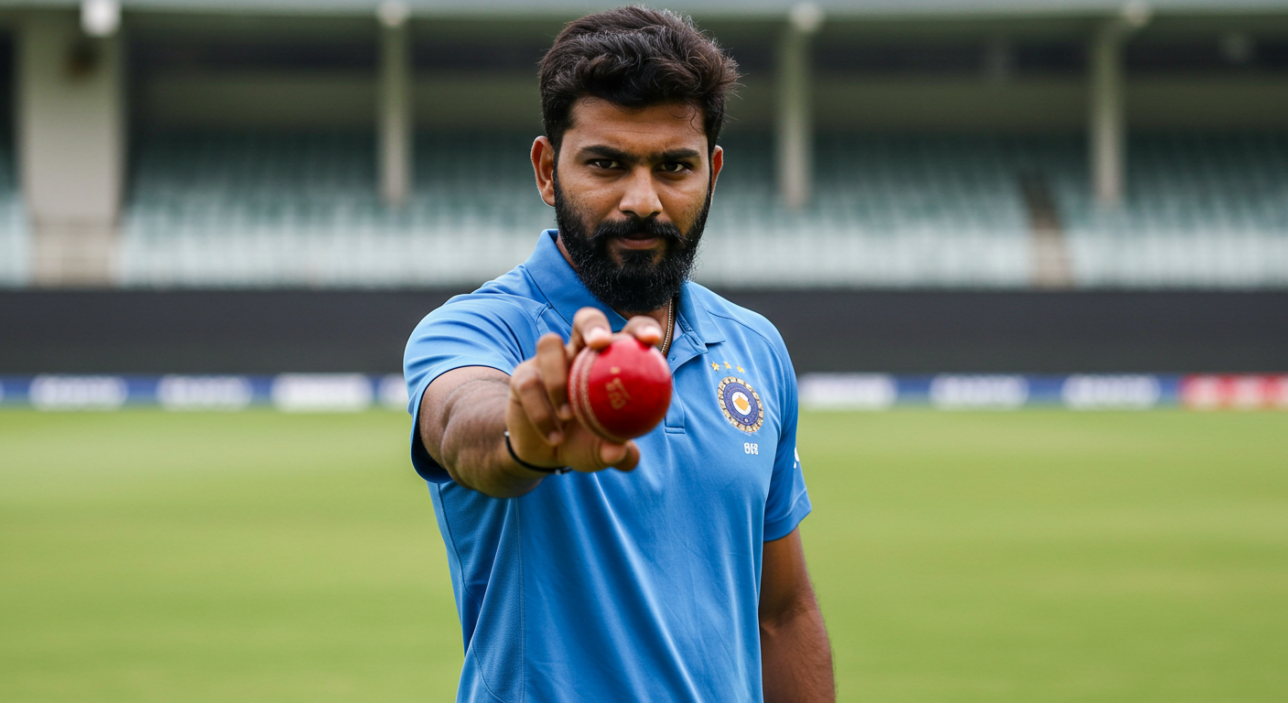
Mohammed Shami may never have been the face of Indian cricket, but he has often been its backbone. In Tests, he delivers breakthroughs when sessions drag. In ODIs, he finishes off tails or breaks big stands. In T20s, he sets the tone from ball one. He’s a bowler trusted in all conditions, at any stage of the game.
His story is one of resilience, late blooming, and sustained excellence. At an age when many pacers begin to wind down, Shami has found a second wind — and made it count across formats. His fitness is better, his rhythm sharper, and his understanding of the game deeper than ever.
He doesn’t need the spotlight to validate his skill. His numbers, impact, and presence on the field are more than enough. In a team filled with stars, Shami has been the professional who delivers — regardless of match, venue, or opposition.
As his career enters its final phase, he’s already ensured that his legacy won’t be one of what-ifs — but of what was achieved, repeatedly, across a decade of elite cricket.
In the end, Mohammed Shami is proof that mastery can arrive late — and still dominate.





